The proliferation of internet-connected cameras, more often known as “ring cameras,” has contributed to a growth in demand for products and services related to residential security. Due to the surge in demand, a lot of customers are curious about Do Ring Cameras Work Without WiFi.
In this article, Lucidcam will explore how ring cameras operate and the advantages and disadvantages of using a ring camera without Wi-Fi.
Table of Contents
Do Ring Cameras Work Without WiFi?

Ring cameras act as a set of eyes that enable you to monitor your home remotely. However, for them to function correctly, they require a special type of connection called Wi-Fi. They can not send pictures or messages to your phone, If without a Wi-Fi connection.
Some of the cameras called “Elite” can use a different connection called Ethernet, but most need Wi-Fi.
Your Ring gadget won’t function properly until it’s linked to Wi-Fi. But other Ring things like doorbells can still make a sound inside your house.
There are some Ring things that don’t need Wi-Fi, like smart lights. They use a different way to talk to the Ring Alarm. But they might need something called “Amazon Sidewalk” to work.
Therefore, Wi-Fi connectivity is crucial for optimal performance of your Ring camera. To monitor your house when you’re not there, you’ll need it.
Which Cameras Need Wi-Fi?
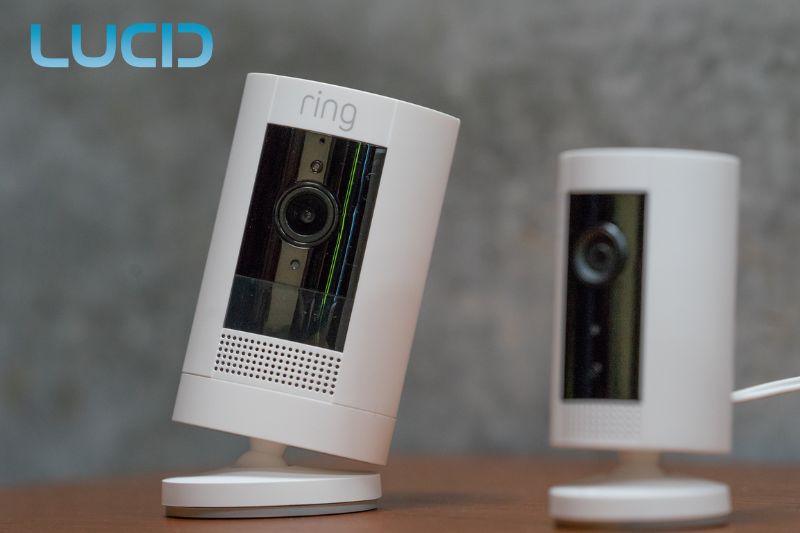
Cameras allow us to capture still images and motion footage. Most, though, are useless without wireless Internet. Wi-Fi is a specialized method through which cameras may link up with the internet and transfer data to other devices, including as phones and laptops.
Wi-Fi is essential for the correct operation of security cameras, digital cameras, and even phone cameras. Wi-Fi enables security cameras to transmit footage to cloud storage and analysis systems.
Wi-Fi enables digital cameras to wirelessly share media files with other gadgets like mobile phones and personal PCs. You’ll need Wi-Fi, If you want to show off your latest vacation photos or home films to your loved ones.
Therefore, while some cameras may not require Wi-Fi, the most majority must in order to perform well and provide all the nifty features we so like.
How Does Ring Camera Work?
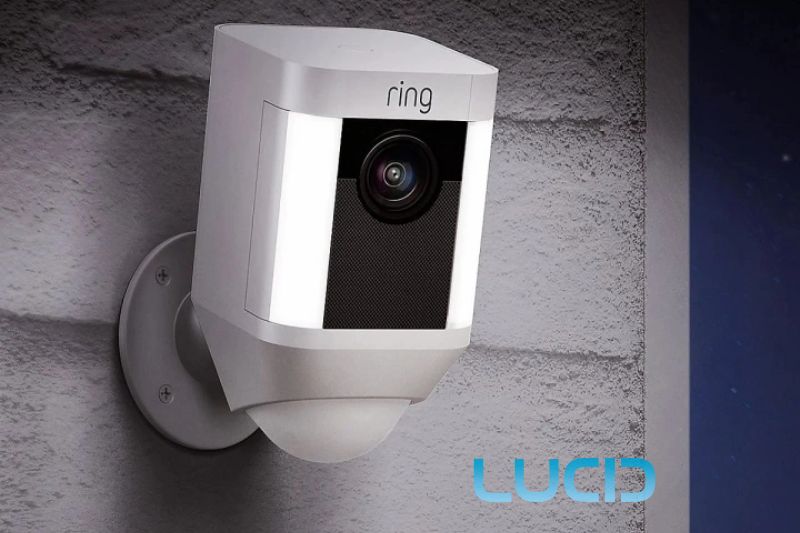
Ring cameras are special cameras that help keep your home safe. They use Wi-Fi to send videos to Ring’s servers when they detect movement.
Ring cameras can be used outside and can work together with other Ring products, like video doorbells and smart lights, to make your home even more secure.
Ring cameras send an alert to your phone when they detect movement, and you can access the video footage and communicate with anyone near the camera through the mobile app. Additionally, you can emit a loud sound to deter any unauthorized individuals or even contact the police for help if needed.
Ring cameras are versatile as they can operate using either batteries or a wired connection. They can also integrate with other smart devices, such as Amazon Echo, enabling you to access more features and capabilities.
Ring cameras have other features like night vision and recording video for up to 60 days. With Ring cameras, you can keep your home safe and watch everything from your phone!
How to Set Up Ring Camera to WiFi?
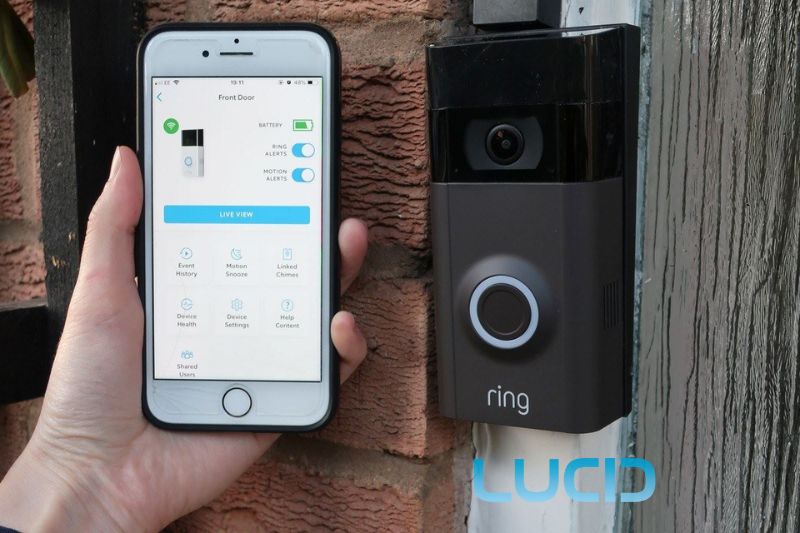
Prior to beginning the setup, ensure that your Ring Camera has a full charge and that your Wi-Fi network is operational. Here’s how to set up your Ring Camera to Wi-Fi.
- Step 1: First, download the Ring application onto your smartphone and create an account if you haven’t done so already.
- Step 2: Follow the in-app instructions to add your Ring Camera to your account. This will involve scanning the QR code on the back of your camera or entering the serial number manually.
- Step 3: The app will walk you through the setup procedure after your camera has been linked to your account. You’ll be asked to choose a Wi-Fi network and enter your network password.
- Step 4: After connecting Ring camera to wifi, you will be prompted to name your camera and select its location.
- Step 5: After you’ve set up your camera, you may change its settings through the app. You can choose to receive notifications for motion and/or sound detection, adjust motion detection zones
What Will Happen If Ring Cameras Lose Wi-Fi or Internet?
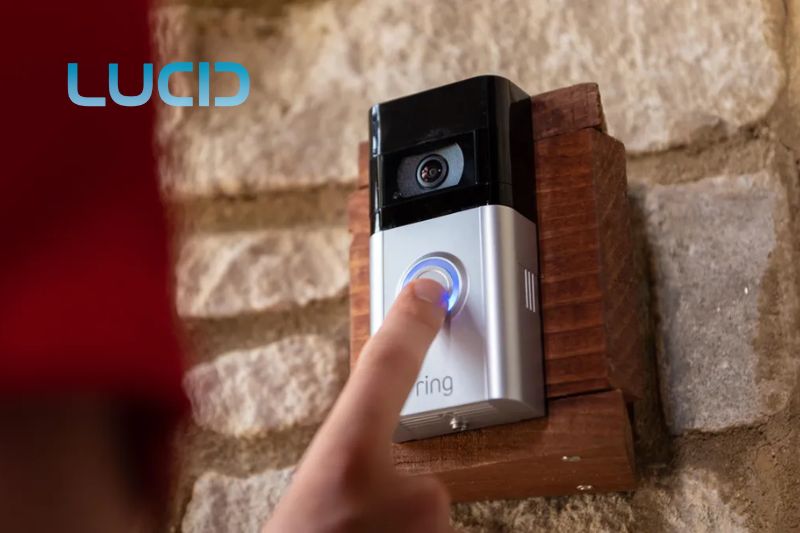
When Ring cameras lose Wi-Fi or internet, they can’t send videos or messages to your phone, and you won’t be able to see the live video from the camera. This means you may not know when someone rings the doorbell or if there’s movement. However, the camera will continue to record and save the footage on its storage, which you can view later when it has Wi-Fi again.
This means you won’t know when there’s movement or when someone rings the doorbell. But, the camera will keep recording on its own storage, which you can see later when it has Wi-Fi again.
If you pay for Ring Protect, you can still see your videos even if the camera loses Wi-Fi because they’re saved in the cloud. When the camera gets internet again, the videos will be saved there.
Some Ring cameras, like the Ring Video Doorbell Pro and Elite, can use wires instead of Wi-Fi. They can still work and send videos and messages if there’s no Wi-Fi.
Can Ring Cameras Use SD Cards to Record?
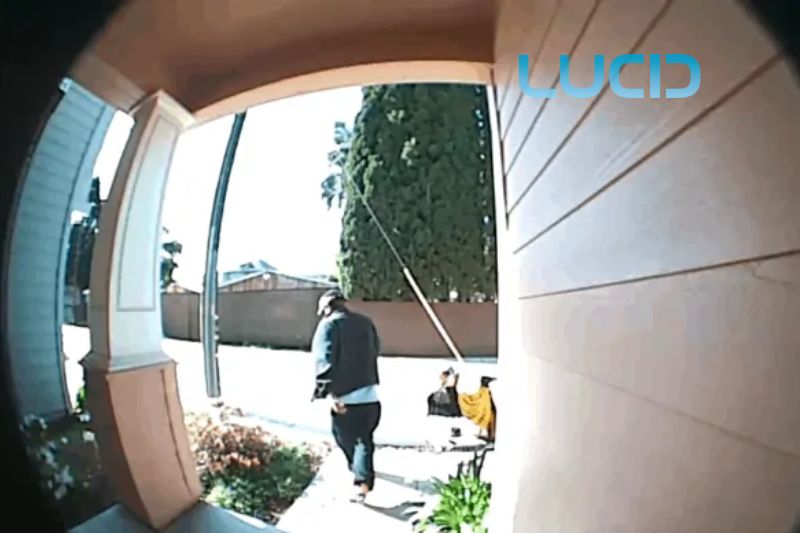
Yes, Video captured by Ring cameras may be stored on SD cards. This is a perk for people who want to maintain a copy of their movies or who do not want to rely only on cloud storage but still have the option to do so.
If you want to utilize an SD card with your Ring camera, you’ll need to make sure it supports it. The Stick Up Cam, Spotlight Cam, and Doorbell Pro are just some of the Ring cameras that can capture video on an SD card.
If your camera accepts SD cards, you can place the card inside its appropriate slot.
Once the SD card is inserted, the camera must be configured to begin recording to the card. The Ring app is useful for this purpose.
To enable local storage on the SD card, simply navigate to that setting in the camera’s menu. It’s possible that you’ll also be able to customize the recording time limit on the card.
Although secure digital (SD) cards offer a practical solution for archiving video, they cannot replace cloud storage.
Damage to or removal of the SD card will render any recordings on that card unusable. So that your films may be accessed no matter where you are, it is best to save them in both local and cloud locations.
FAQs about Does Ring Work Without Wifi

Does Ring Require a Subscription?
No, you don’t need to pay for a subscription to use Ring devices. But, if you want extra things like saving videos in the cloud, having someone watch your Ring Alarm, or better motion detection, you might need a subscription.
How much data does a Ring camera use?
The amount of data a Ring camera uses depends on the quality of the video, the length of the recording, and the frequency of motion events. On average, a 1-minute video recording in standard quality uses about 8-10MB of data.
How to turn off Ring alarm without the internet?
If the Ring Alarm is armed and there is no internet connection, the alarm will continue to sound until it is disarmed using the Ring app or keypad. To turn off the Ring Alarm without an internet connection, you can use the physical keypad or contact the Ring support team for assistance.
Does the ring doorbell need wifi?
Yes, To work effectively, the Ring doorbell requires a Wi-Fi connection. When someone knocks on the door, the gadget connects to the internet through Wi-Fi and sends notifications to your smartphone or tablet. When you answer the doorbell or the gadget senses motion, it also uses Wi-Fi to send live video and audio to your smartphone.
The Ring doorbell cannot connect to the internet and so cannot execute its duties without a Wi-Fi connection.
Read more:
- How To Spot A Fake Security Camera 2023: Top Full Guide
- How To Block Neighbors Security Camera 2023: Top Full Guide
Conclusion
In conclusion, Ring cameras are an excellent way to increase your security. Whether you choose one of the cameras that require Wi-Fi or one that doesn’t make sure to properly set up your Ring camera and understand what happens when the device loses its internet connection.
If you are looking for a dependable home security solution, Ring cameras are definitely worth considering. With proper setup, careful monitoring, and regular maintenance, you can rest assured knowing your home is safe and secure with a system like this. Thank you for reading!
